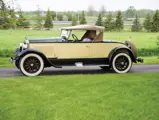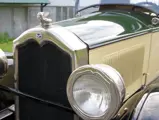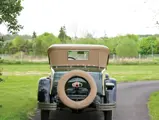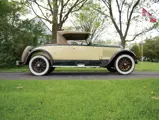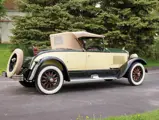75 hp, 274 cu. in. overhead-valve inline six-cylinder engine, three-speed manual transmission, solid front and three-quarter floating rear axle, and four-wheel mechanical drum brakes. Wheelbase: 120 in.
Despite the fact that Buick was a maker of stylish and reliable cars with enviable market reputation, it faced stiff competition for sales. While the new Chrysler models were a big hit, Buick fought back by continually updating its styling during a five-year cycle, which began in 1924. The last of the four-cylinder Buicks were retired in 1925, and for 1926, both the Standard and Master models featured six-cylinder power.
In 1926 both Buick models sported smoother radiator shells, double belt moldings, aluminum hub and gas caps, and a straight tie-rod that connected both headlamps, providing a fresh and very stylish overall appearance, which continued largely unchanged for 1927. From a technical standpoint, engineering advancements included a stronger, redesigned clutch and one-piece brake linings, as well as a strengthened chassis and drivetrain, which all enhanced Buick’s solid reputation for dependability. Servicing was also made considerably easier with improved air, fuel, and oil filters, Zerk-type grease fittings, and new dual-beam headlamps that were mounted within interchangeable shells.
For 1927 even more refinements followed, with the addition of crankcase ventilation and new engine mounts, as well as a new counterbalanced crankshaft and a torsional balancer, resulting in engines that were hailed as “vibrationless beyond belief.” Buyers responded enthusiastically, with total sales exceeding 250,000 units.
The top-of-the-line Master Six Roadster offered here was reportedly originally sold to a buyer in Oyster Bay, New York, the exclusive enclave on Long Island Sound. The car’s factory rumble seat and golf bag door exemplify the beginning of the classic period of automobile design, as do the wide whitewall tires and artillery wheels.
The car has survived the test of time and has received only regular maintenance and recent fresh cosmetics, including a repaint in the original factory livery of Signal Yellow and green, with Signal Red striping. The roadster top has been retrimmed in a tan Haartz canvas, and it comes with a matching boot and rear-mounted spare tire cover. Its leather interior appears to be original, in a complementary maroon shade, and the driver’s door panel serves as a tool compartment, as was intended by Buick. The rumble seat is unusually comfortable for the era, with armrests and ample space for two adults or three children. All of the nickel trim is original, with a well-earned, rich patina.
This refined Nickel Era Buick Six will surely be the “Master” of any road it encounters.
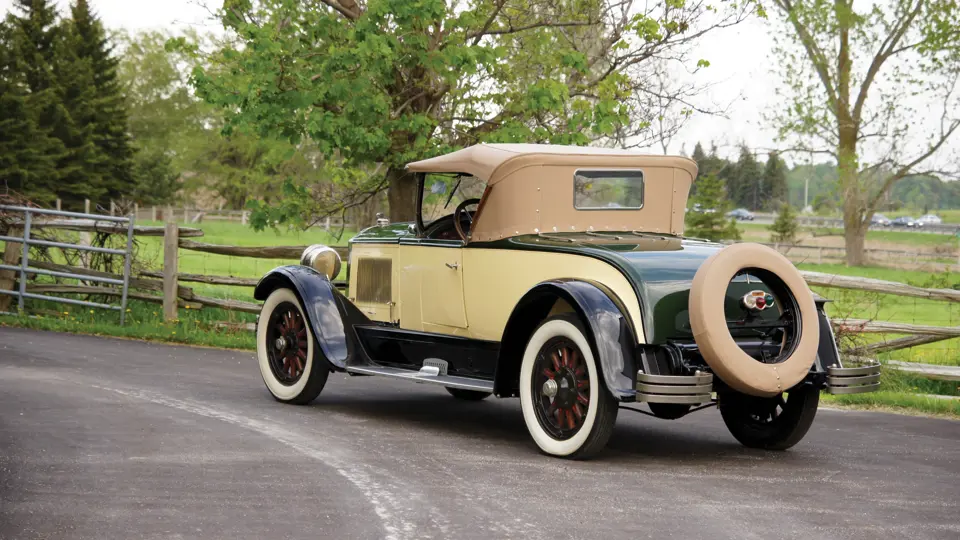



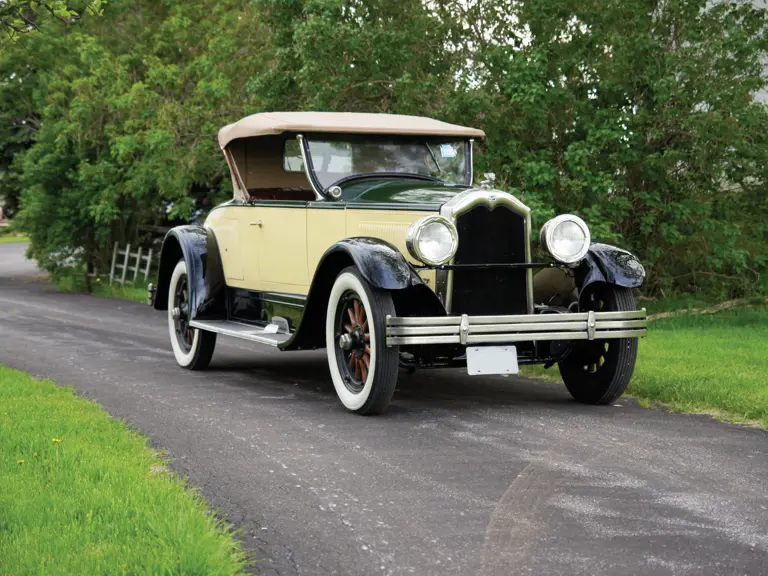

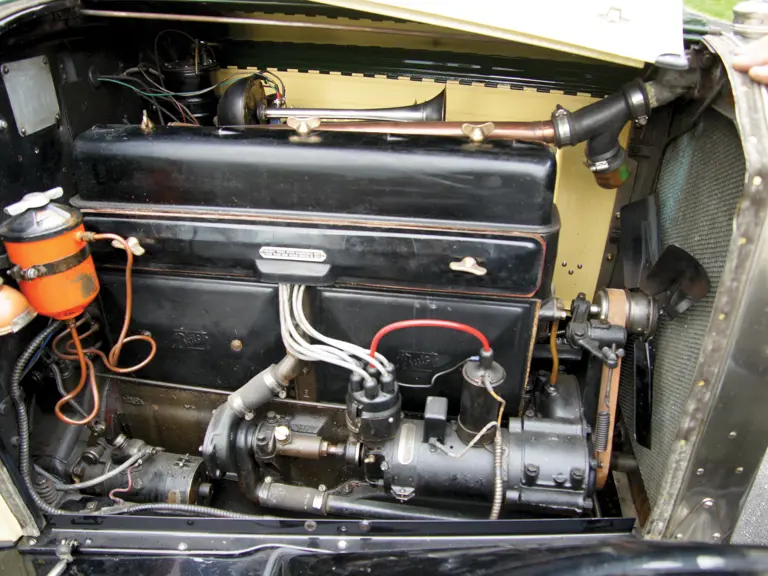

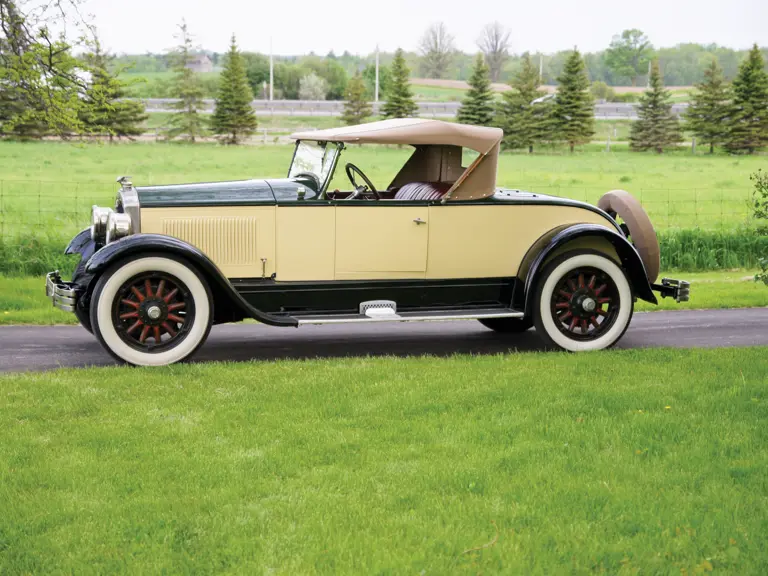
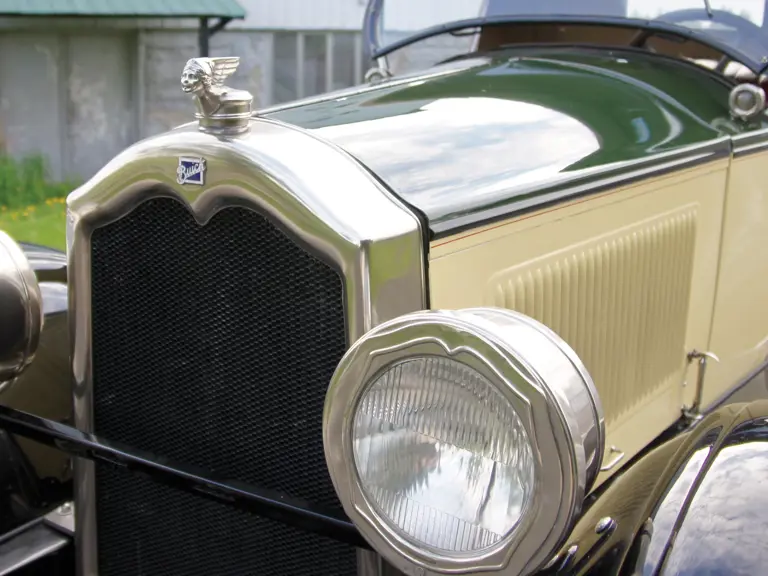
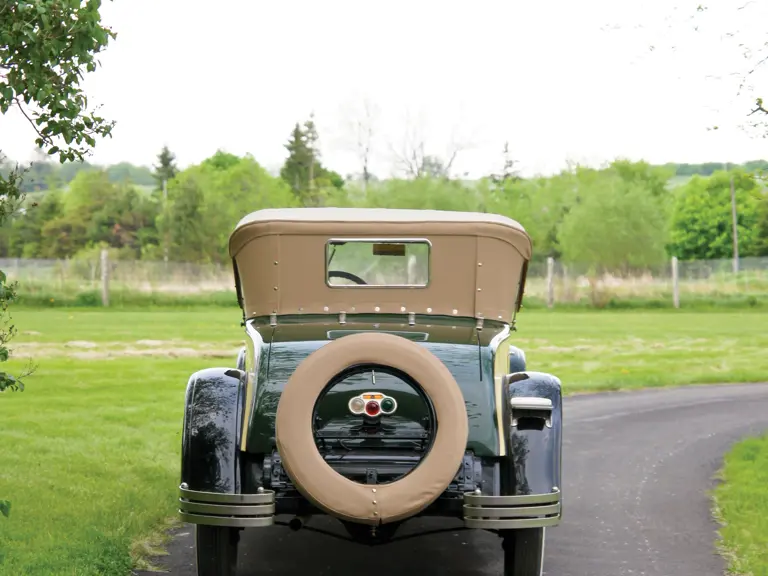
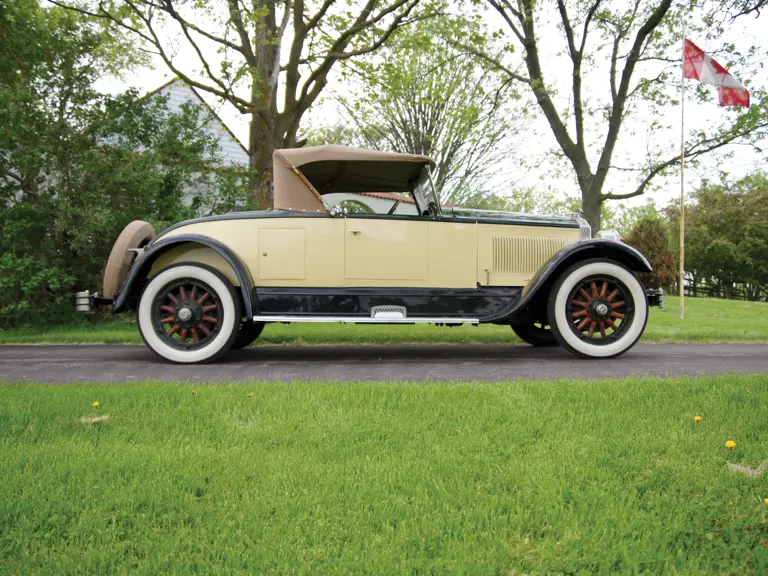
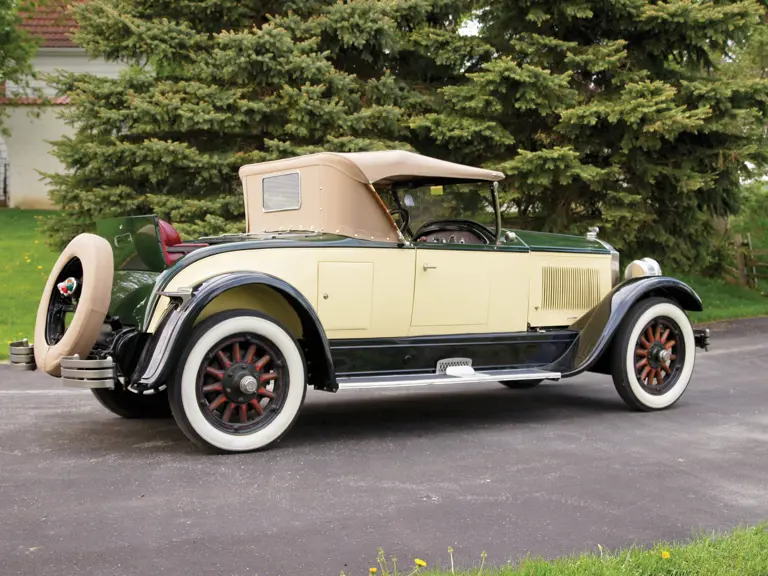
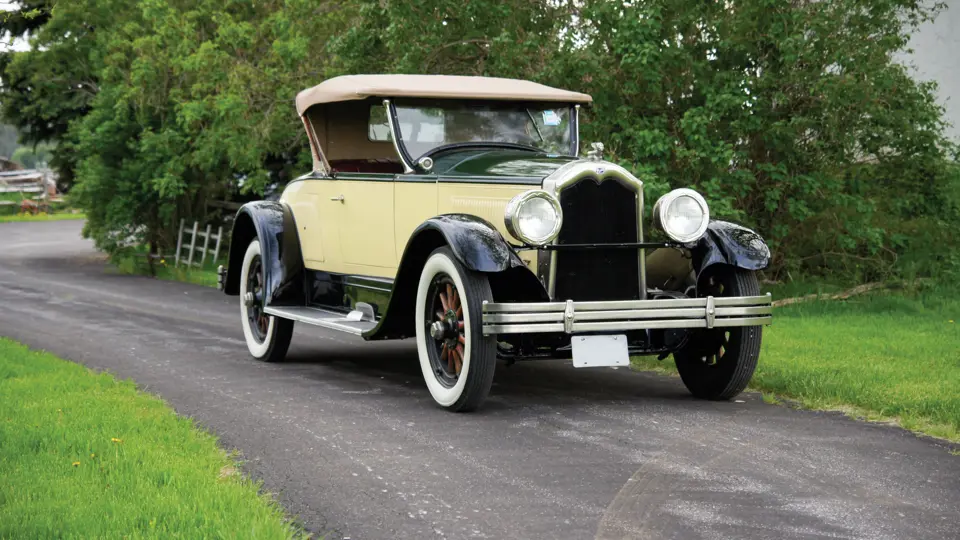
 | Plymouth, Michigan
| Plymouth, Michigan



